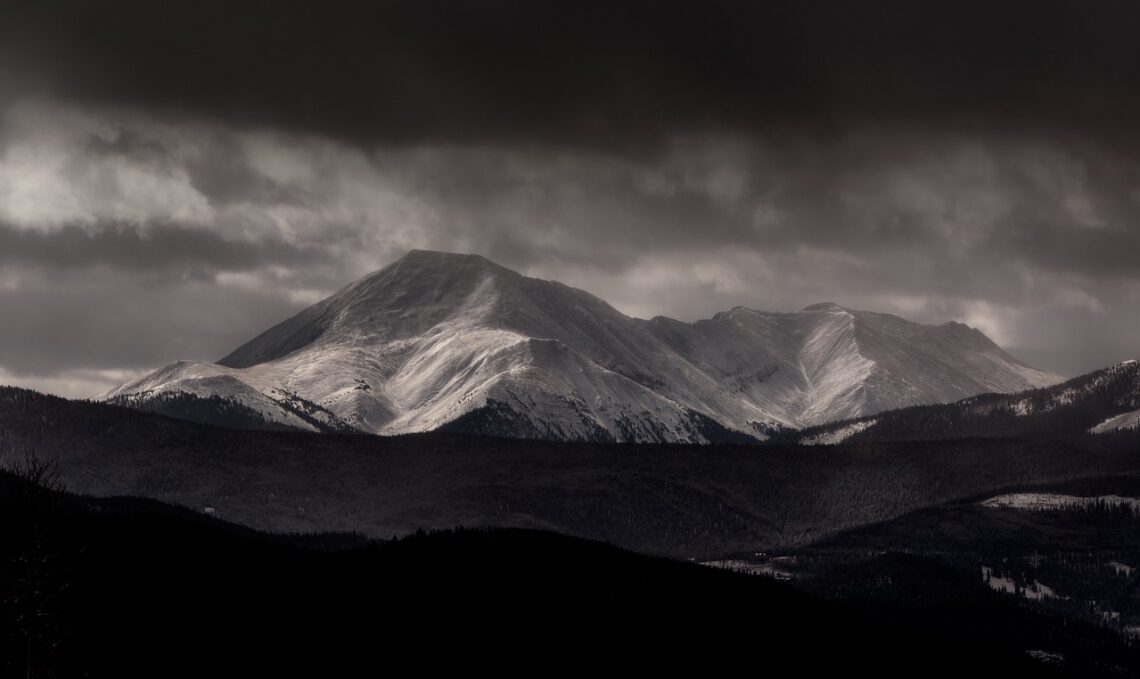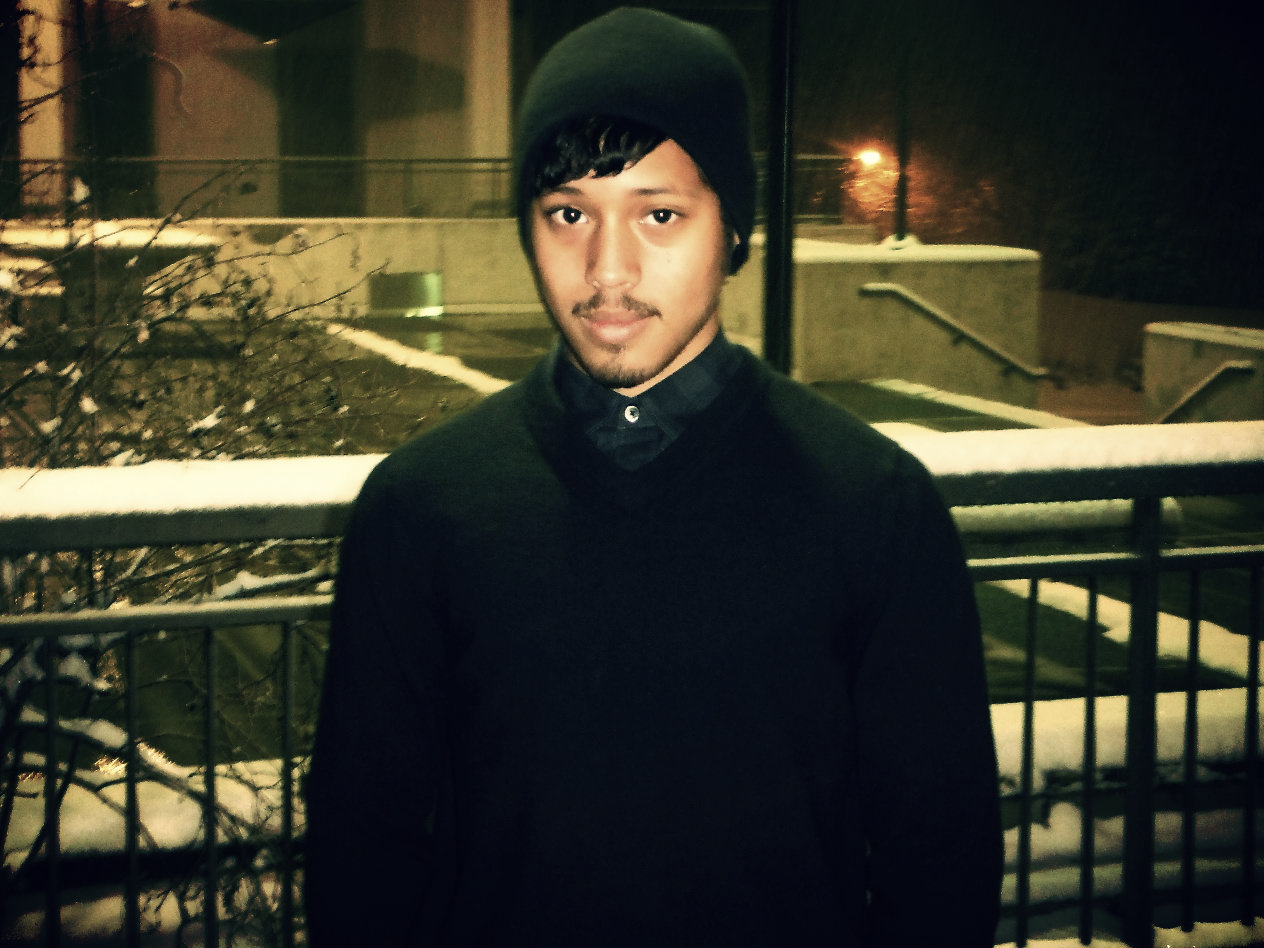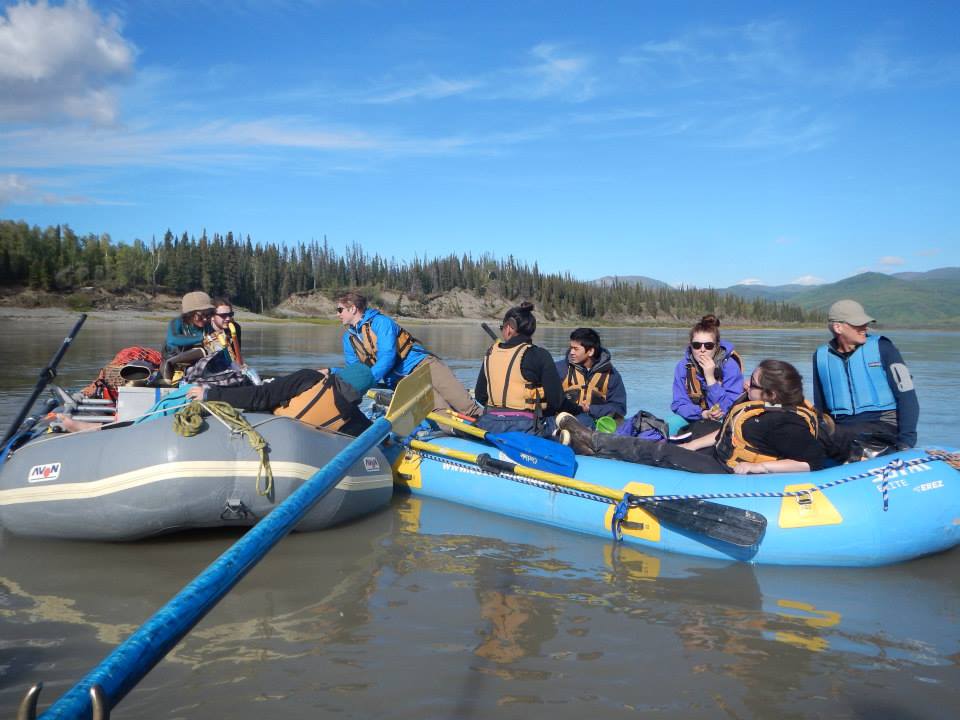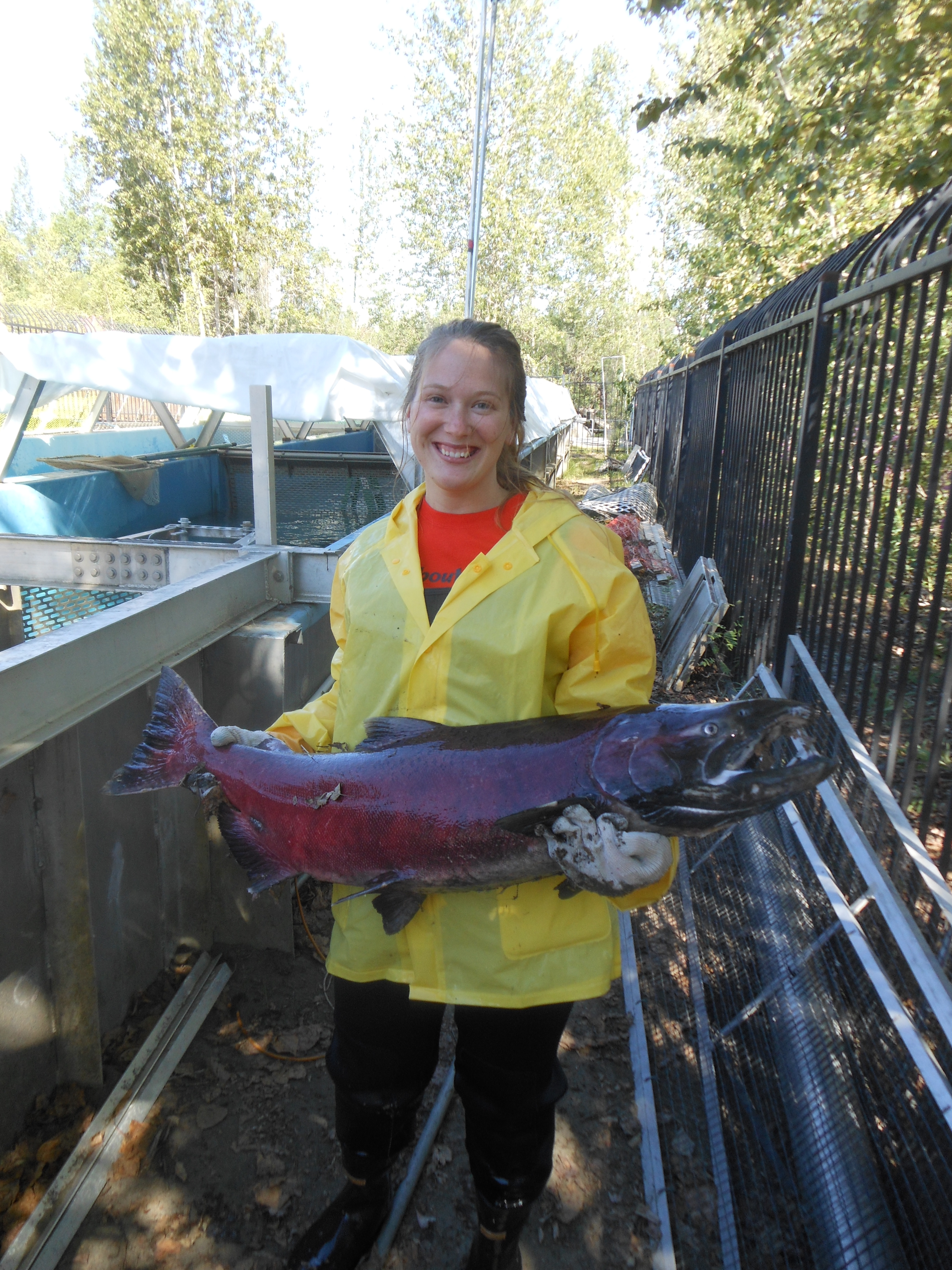By Margaret Worthington
Darkness
Waking up in February feels heavy. Time seems like an illusion when you open your
eyes to complete darkness after eight hours of sleep. My brain attempts to rationalize that
perhaps it is not time to start the day. Maybe it is 5AM and I still have three hours of blissful
sleep ahead of me. From December to March, my initiation to the day is checking the time and
finding in disbelief that despite the perpetual darkness outside, it is 8 AM. In December and
January, I approach this phenomenon with scientific curiosity. How much time is being lost
every day? How does this affect the wildlife in this area? Does my internal melatonin
compensate for my environmental changes? By February, my established curiosity has dissipated
into a wave of depression because of my lack of Vitamin D. At least that is the excuse I like to
use. Sometimes it feels safer to blame environmental factors rather than myself for the changes
in my mood. Regardless, it is 8 AM and despite her darkness, Alaska is awake, and I must join
her.
Snow
Snow is inevitable. A statement not familiar to my existence until moving to Alaska. Before now
I have encountered snow less than a dozen times in my life. The winter climate of Upstate South
Carolina, my previous home, is described by locals as cold. I think Alaska locals would argue
otherwise, and at this point so would I. Mild winter temperatures, in the high 40s to low 50s,
rarely ever drop low enough for the precipitation to become snow. During my first winter in
Alaska, the snow provided a sense of wonder for me. My observations of it were rooted in
beauty and awe. Snow covered mountains loomed behind snow dusted trees and provided a
backdrop that set my soul on fire. An interesting reaction to the iciness of my environment. This
winter is different. I expect the snow and I know roughly when it will arrive and depart. I watch
as it slowly descends the mountains, each day inching further towards the ground. The
accumulation is gradual, but it holds steady creating a layer of white that spans a distance further
than I can discern. My awe has turned to curiosity, and I notice this seems to be a pattern. Snow
is inevitable, but how does it change? February snow is chunky and old. Not chunky enough to
walk on without sinking, but chunky enough to pick up in large pieces. These chunky piles have
been sitting here since December gathering new layers a few inches at a time. The piles are
speckled with environmental debris and waste: sticks, rocks, dirt, animal urine, and scat. Over
the next two months this snow will linger and become a foundation for even more layers.
Temperatures will fluctuate and the snow will continue to change. The snow will melt into water,
the water will turn to ice, and the ice will fuel my fear of quick hard falls on knees that already
feel sore. But this winter is different. Snow is inevitable and I have ice cleats.
Temperature
Last Christmas I asked my mom for socks, an interesting change from the childhood desires of
never receiving clothes as presents. In Alaska, wools socks are my best friend. Without them, I
can feel the blood flow in my feet slowing until my toes become tiny ice sausages. The
temperatures here are intense, to put it lightly. As the winter months roll along, cool becomes
cold becomes frigid becomes “I’m not sure I can tell a difference anymore.” But differences are
the focus here, and my ability to comprehend them becomes a goal. The beginning of March
feels cold, but not as cold as December. The air is crisp and cool and couples well with the few
hours of sunlight. The hairs in my nose do not become rigid so I know we are well above
negative temperatures. During the negative days, my scientific observation skills slow to a one-
word reflection: bitter. Right now, however, it is different. Stepping outside happens in two
phases. Phase one takes place in pajamas with the door half cracked, just enough to feel how my
skin reacts and how deeply the temperature permeates my clothing. This phase’s primary goal is
to decide what clothing this day requires, but a guessing game is always fun. Eight times out of
ten, my guesses are within a few degrees of what my weather app displays. After only one and a
half winters in Alaska, I take this as a triumph. Phase two begins with layers, a key vocabulary
word in Alaska living. Base layer, fleece layer, down layer, head layer, hand layer, feet layer.
The layers in phase two fluctuate. As March turns into April, the peeling of layers mirrors the
melting of snow and becomes a ritual that brings a lost sense of joy. I think I can feel my toes
again.
Spring
They say spring brings new beginnings. For me, spring has always signified allergies. Everything
is blooming all at once and filling my head full of mucus. Not really up the new beginnings alley.
In the south, spring comes slowly and lingers until you have made your way through two bottles
of Claritin and five boxes of tissues. Trees sprout new leaves, flowers begin to bloom, and
temperatures jump from those low 50s to a balmy mid 70s. It is just enough time to enjoy being
outside before the hell fires of summer envelop you into their sweaty arms. That is, if you are not
sneezing too badly to actually sit outside for longer than ten minutes. Spring in Alaska comes all
at once in a sneak attack I knew was coming. The last few weeks of March are a gamble as to
whether it will snow again. As those weeks bleed into April the sun stays out for longer and there
is finally time to recharge Vitamin D without the help of artificial lamps. Every passing day sees
more snow melt away so easily that I would have never believed it sat there for five months
beforehand. The dripping sound of water from rooftops mixes smoothly with the sound of
footsteps in shallow puddles. The water is no longer turning to ice and my knees are safe yet
again. The smell of dirt permeates through the air echoing the new life ready to emerge from it. I
have missed that smell. I have missed that dirt. The darkness of this Alaska winter has given this
spring new meaning, new beginnings, new chances to start again.
My Place
This place is breathing. That statement makes sense in my mind enough to create an impact. An
impact on who I am here and my relationship with this place. My journey in Alaska started off
with the big bang of shock and awe. The mountains, the trees, the vast openness created in my
mind a grandiose idea of place as something to look at and feel small within. But now, I know
more. I know more because I look more. I look more because Alaska is shouting. The shouting
reaches my brain through every one of my senses and at times I struggle to take it all in. Despite
the struggles I encounter, I want to listen. I want to take the time to notice the snow, the trees, the
puddles, and how cold my feet are. I want to know this place as my home and feel the pain of
longing whenever I am away. I want to take deep breaths in of everything it breathes out.





